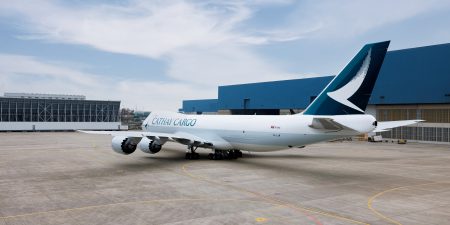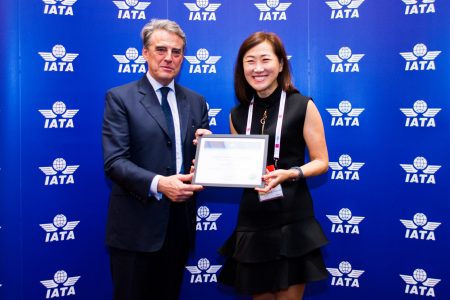How were you able to achieve certification so quickly?
We had already been through CEIV Pharma, which is very stringent, so our facility was up to a certain standard. We already offered temperature-controlled storage that can be partitioned so that we can segregate space by temperature zones and product types. And it’s all under CCTV coverage and 24/7 temperature monitoring. The only area that required work was in training our people.
What was the overall process?
There are three stages. The first stage is the training. IATA tells us what the regulations are and how we need to comply with all the requirements in order to get the certificate. The second stage is an interim assessment during which IATA checks our facility and our documentation handling to identify any gaps we need to address before the actual validation. We started the training in November. The assessment was done in December and the validation was done in February. The validation is carried out by independent validators, who are specialists in perishable products.
What did the training involve?
Training was quite challenging because of the short timeframe. We have around 1,500 sub-contracting staff, plus 500 of our own people who needed to be trained within a three-month period. The training started in November, using a ‘train the trainer’ model. We put our trainers into training with IATA, then they designed their own course for our people and part of this involved using computer-based training (CBT), especially for assessments. We also trained the sub-contractors’ trainers.


